By Joshua Lipes
2013-06-19
2013-06-19
The elusive Mekong giant catfish, which the U.S.-based World Wildlife Fund (WWF) called “one of the world’s largest and rarest freshwater fish,” can reach up to three meters (10 feet) and weigh up to 300 kilograms (660 pounds).
The Xayaburi dam would prove an “impassable barrier” for the migratory catfish, which is believed to only exist in numbers of up to a couple hundred, WWF said in a statement based on the findings of a new study.
“A fish the size of a Mekong giant catfish simply will not be able to swim across a large barrier like a dam to reach its spawning grounds upstream,” said Zeb Hogan, the study’s author and associate research professor at the University of Nevada.
“These river titans need large, uninterrupted stretches of water to migrate, and specific water quality and flow conditions to move through their lifecycles of spawning, eating and breeding.”
The giant catfish is already in “steep decline” due to overfishing, habitat destruction and dams along the Mekong’s tributaries, the WWF said, adding that the Xayaburi dam could “disrupt and even block spawning, and increase mortality if the fish pass through dam turbines.”
“It’s likely the Mekong giant catfish use the stretch of river of the Xayaburi dam as a migration corridor, with adult fish likely passing through this area on their migration from floodplain rearing areas to upstream spawning sites,” Hogan said.
“It is also possible the giant catfish spawn in the area where the dam is now located.”
Dam controversy
Construction on the controversial U.S. $3.5 billion dam, which will be the first across the main stem of Southeast Asia’s key waterway, resumed last year following delays amid objections from Laos’s neighbors.
The dam’s construction is still in its early stages, with officials saying in March that about 8 percent had been completed.
The dam has come under criticism for what some groups have said are significant gaps in data about its potential socio-economic and environmental impact, particularly in terms of how it will affect fish populations in the Mekong.
Finnish consulting firm Poyry Group, which had published a glowing assessment of the dam’s impact, had said that “fish passages” can be built into the Xayaburi to allow fish to get past the dam’s turbines while swimming up and down the Mekong, but WWF said that the claim has never been successfully put into practice.
“You can’t expect fish ladders to work without understanding your target species, their swimming capabilities, and the water current that will attract these fish toward the pass entrance,” said Eric Baran of the World Fish Centre.
“Research is still needed to ensure mitigation efforts will work.”
An earlier study had recommended a 10-year moratorium on all Mekong mainstream dams due to a need for further research on their potentially catastrophic impact.
Dropping numbers
Mekong giant catfish were once widely distributed through the Mekong river basin, possibly as far as Myanmar and southwestern China, and were relatively abundant up until the early 1900s.
But WWF said that their numbers have since plummeted and the species is now limited to the Mekong and its tributaries in Cambodia, Laos and Thailand.
Catch figures have dropped from thousands of fish in the late 1880s, to dozens in the 1990s, and only a few in recent times.
Thailand, Laos and Cambodia regulate fishing for the giant catfish, with bans in place in Thailand and Cambodia, but the species is still fished illegally and accidentally in fisheries targeting other species.
“Catches should be monitored to ensure that Mekong giant catfish are not being illegally targeted by fishers,” University of Nevada’s Hogan said.
“Incidental catch should also be monitored since it is one of the best and only sources of information about the distribution, life history and abundance of this river giant.”
WWF recommended several measures to prevent the giant catfish’s disappearance, including the urgent protection of its migratory corridors and habitat, as well as increased international cooperation, since the species occurs in an international river and crosses country borders to complete its life cycle.
“The Mekong giant catfish symbolizes the ecological integrity of the Mekong River because the species is so vulnerable to fishing pressure and changes in the river environment,” said Dr. Lifeng Li, director of WWF’s Global Freshwater Programme.
“Its status is an indicator of the health of the entire river, and its recovery is an important part of the sustainable management of the Mekong basin,” he said.
“The Mekong giant catfish can be saved, but it will take a level of commitment from all lower Mekong countries, as well as international organizations and donors, that currently does not exist.”
Full Article: RFA





 to keep your rod off the floor and out of harm’s way.
to keep your rod off the floor and out of harm’s way.














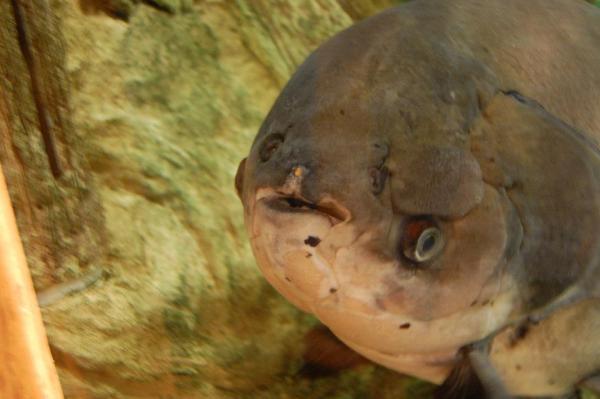
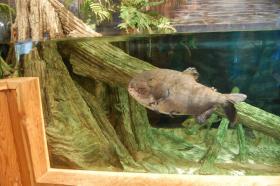

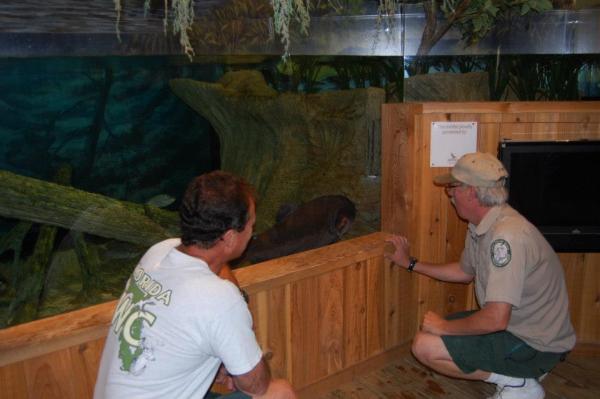










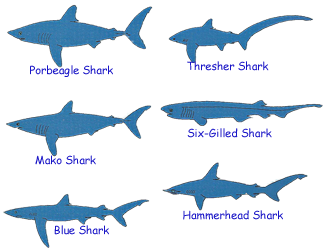

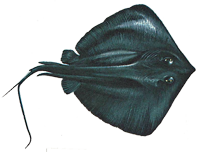
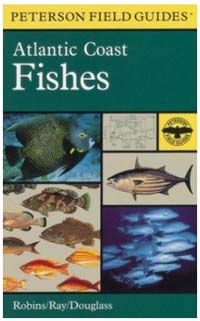
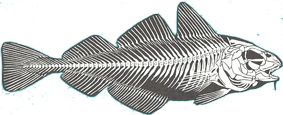


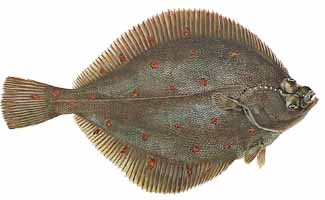
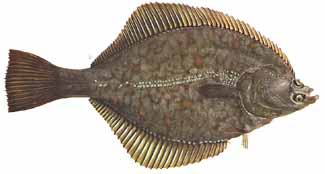

 A
A



